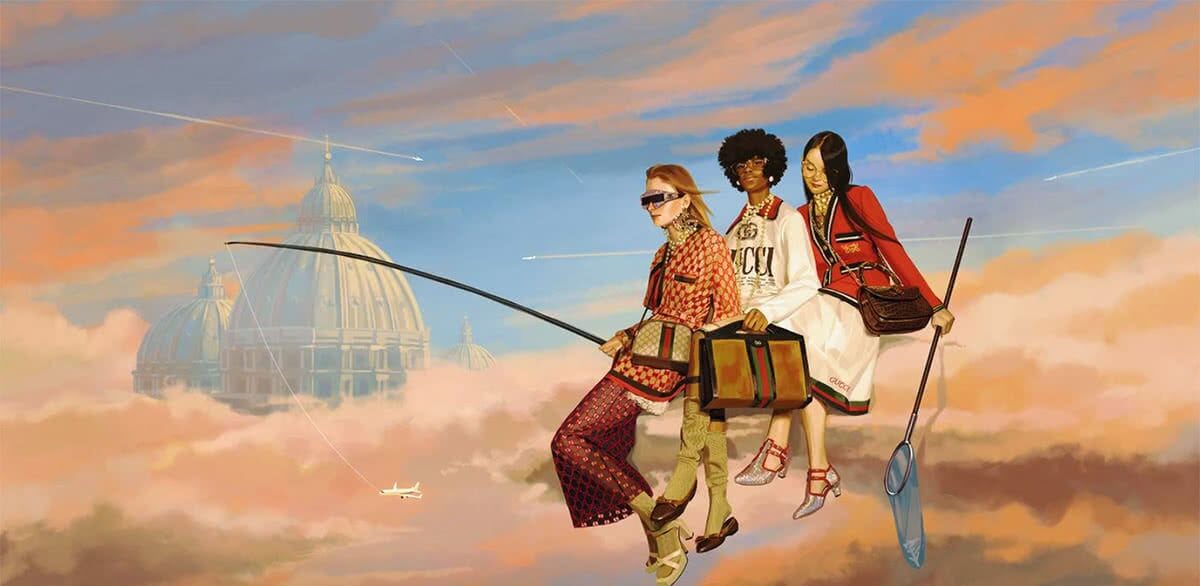
But what does the future look like in addition to digital storefronts? “People will wear augmented reality glasses or have AR contact lenses in their eyes. They will walk through an environment, see who walks there, perhaps they see a showcase on the left side of the road, then a storefront, and if they look closer, they will have direct access to information and stories about the products,” said Walther. “It is hyper-personalized. It’s almost like a friend speaking to you, knowing a lot. But I think this is a future we’re going into,” added Geiger. “I think the days we go into a fashion store to try on clothes are ending. It will be done very soon using AR.”
What does this disruption mean for the future of luxury brands?
With the relationship between online and offline retail and experiential luxury tightening, brands must consider how these elements are applied throughout the customer journey, from acquisition to engagement, conversion, and loyalty. To help make the omnichannel experience a reality, it is essential to not overlook the basics such as making sure physical stores have enough stock, taking steps to avoid long queues at store entrances, and employing qualified staff to treat clients.
By connecting with consumers through storytelling in new environments, such as on Fortnite, brands have the potential to make their campaigns more inclusive. Equally, data and AI will help to hyper-personalize the experience, which in turn shows respect for people’s time and preferences.
Nevertheless, as the world of luxury converges with entertainment, brands must seek to strike a balance between producing addictive and informative content, so as not to stoke a deepening mental health crisis.
Lastly, brands must consider the environmental footprint of their storytelling. Despite efforts to incorporate circularity principles, it is crucial to acknowledge that continually multiplying events will not support environmental sustainability.
